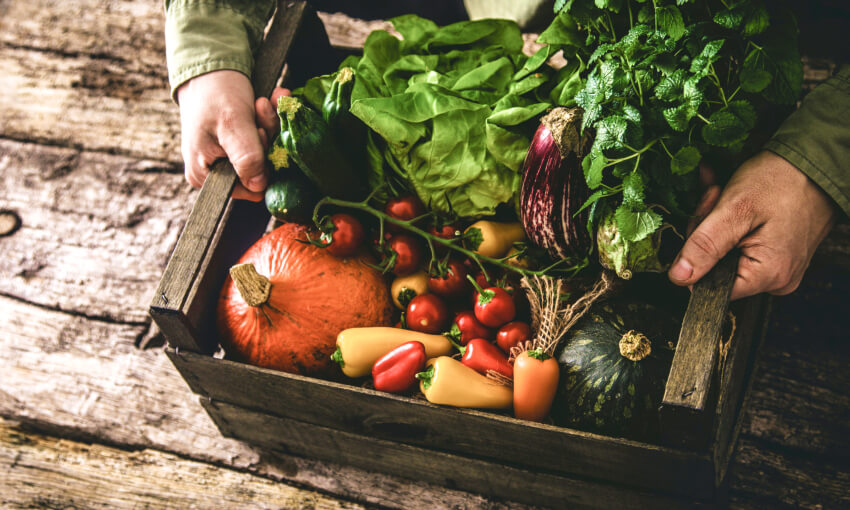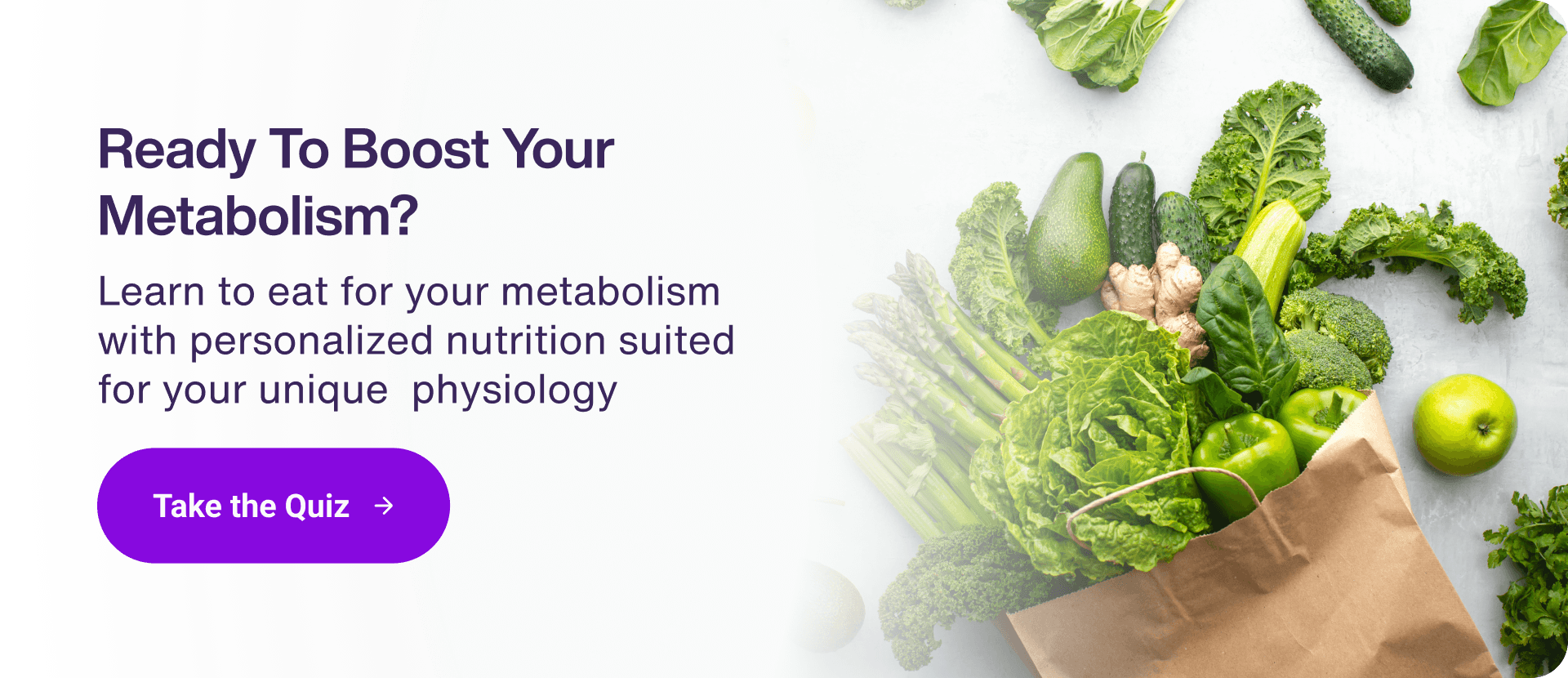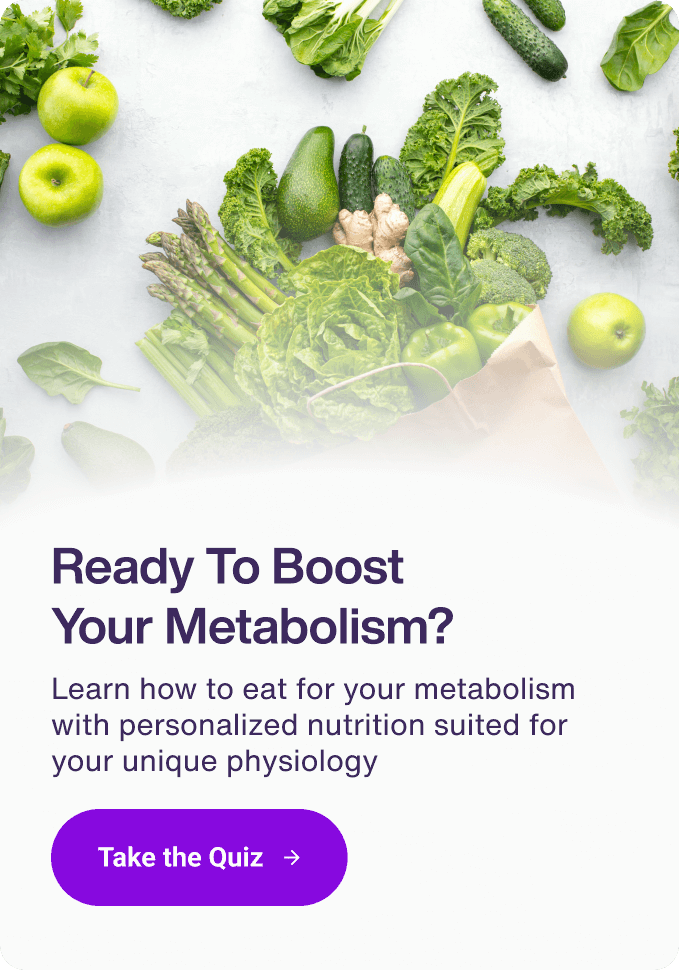Blue Zones Recipes: For Enhanced Longevity and Metabolic Health


Aging is an inevitable part of life, but how we age is greatly within our control. A crucial component of this control lies in understanding the intimate connection between longevity and metabolic health.
Longevity, or extended lifespan, is closely connected to metabolic health, which encompasses essential bodily functions such as blood glucose regulation, blood pressure management, cholesterol balance, and appropriate waist circumference.
Disruptions in these metabolic parameters can predispose individuals to chronic ailments like diabetes, cardiovascular diseases, and certain forms of cancer.
A diet promoting longevity focuses on the optimization of metabolic health. This diet advocates the consumption of unprocessed foods, whole-foods, lean proteins, beneficial fats, and a variety of fruits and vegetables while minimizing the intake of processed foods.
To truly tailor this diet to an individual's needs, personalized nutrition comes into play. By determining unique metabolic characteristics, this approach becomes essential in shaping the 'healthy diet' suited for each person.

 In his book, The Blue Zone Kitchen, Dan Buettner presents an array of recipes derived from these blue zones. However, it's worth noting that an effective longevity diet should not merely mimic these recipes but should also consider an individual's unique metabolic responses.
In his book, The Blue Zone Kitchen, Dan Buettner presents an array of recipes derived from these blue zones. However, it's worth noting that an effective longevity diet should not merely mimic these recipes but should also consider an individual's unique metabolic responses.
We compiled a few of our favorite recipes from Dan's book and tweaked them for easy macro logging to serve up at your next meal. Bon Appetit!
TOTAL COOK TIME: 15 MINUTES | MAKES 4 SERVINGS
Macros per serving | 6g carbs | 11g fat | 8g protein
Including cooked greens in your daily diet may help you live longer. Buettner and his team surveyed 670 individuals aged 60 and above and found that those who consumed at least a quarter cup of cooked greens daily had the highest likelihood of surviving the next decade.
Greens contain an abundance of antioxidants that reduce inflammation and protect cells from oxidative stress and age-related diseases (1). This simple recipe will add flavor to your meals while promoting longevity.
Ingredients:
1 sweet onion, thinly sliced
1 to 2 tablespoons extra-virgin olive oil
3 pounds greens (spinach, Swiss Chard, or beet greens), washed
Salt and pepper (optional)
Heat olive oil in a large pan, then sauté the onion for approximately 5 minutes until fragrant and translucent. Next, add the greens to the pan, cover it, and allow them to cook over low heat for around 5 minutes until tender and vibrant in color. If necessary, add a few tablespoons of water to create steam. Then, remove the pan from heat and proceed to chop the greens. Finally, season with salt and pepper.
TOTAL COOK TIME: 10 MINUTES | MAKES 3 SERVINGS
Macros per serving | 22g carbs | 4g protein | 7g fat
Sweet potatoes comprise a significant portion of the Okinawan diet. They are a rich source of fiber (insoluble and soluble) vitamin A, and vitamin C. Soluble fiber helps reduce blood sugar spikes, increase satiety, and decrease overall food intake (2). A high intake of insoluble fiber may reduce the risk of diabetes and improve gut health (3). Vitamin A and C are essential for good immune health and both have antioxidant properties that may help reduce inflammation. This unique sweet potato recipe is packed with nutrients that support longevity.
Ingredients:
1 pound (about 3) white, orange, or purple sweet potatoes, peeled and cut into cubes
1 tablespoon brown sugar (optional)
1⁄3 cup ground peanuts, macadamia nuts, or sesame seeds
Dash of cinnamon
To prepare, cook the potatoes by boiling or steaming them until tender. Then, mash the potatoes with sugar. Once the mixture has cooled, shape mashed sweet potatoes into small walnut-sized balls. Next, sprinkle a layer of ground nuts or sesame seeds on a clean surface. Finally, gently roll the potato balls in the nuts or seeds until evenly coated. Optional: dust the coated balls with cinnamon before serving.
TOTAL COOK TIME: 10 MINUTES | MAKES 3 SERVINGS
Macros per serving | 8g carbs | 0 g fat | 3g protein
Instead of fish, this ceviche utilizes hearts of palm, which are gathered from the inner core of certain palm trees and commonly consumed cooked or in salads by Costa Ricans. Not only are they easy to prepare, but they are a rich source of immune-boosting nutrients like vitamin C and zinc. This ceviche recipe calls for fiery habanero peppers, but you can easily substitute them with sweet or mild peppers if you prefer less spice.
Ingredients
1 cup hearts of palm, sliced into small rounds (use fresh, canned, or jarred)
1 small sweet onion, quartered and sliced
2 small sweet red peppers, chopped
¼ small habanero pepper, seeded and minced
1 tablespoon chopped fresh cilantro
Juice of 1 to 2 limes
1 teaspoon salt
Pepper (optional)
In a bowl, mix together the hearts of palm, onion, peppers, and cilantro. Drizzle the mixture with lime juice, add salt, and stir well. If desired, season with pepper. Serve while fresh and enjoy it on its own or accompanied by popcorn, plantain chips, or tortilla chips.
TOTAL PREP TIME: 5 MINUTES | MAKES 1 SERVING
Macros per serving | 54g carbs | 34g fat | 23g protein
Fruits, nuts, and greens are essential components of the Blue Zone diet. Consider combining these ingredients in a breakfast smoothie. Research indicates that eating more of your daily calories earlier in the day, rather than later in the day, is linked to a reduced risk of obesity and heart conditions (4). Experiment with different fruits and greens to find your favorite combination.
Ingredients:
¼ cup rolled oats
1 cup almond milk
3 tablespoons almond or peanut butter
1 banana
1 cup baby spinach leaves
1 tablespoon cocoa powder
1 tablespoon flax seeds
1 date to sweeten if needed
Pinch of ground cinnamon
Begin by pulsing the oats a few times in a blender until they are finely ground. Then, add the remaining ingredients and blend until you achieve a smooth consistency. Let the smoothie sit for approximately 3 to 5 minutes before drinking to allow the ground oats to soften, for a smoother texture that isn’t grainy.
Macros per serving | 72g carbs | 47g fat | 28g protein
After blending your smoothie, transfer it to a bowl. Add extra texture and flavor, by topping the smoothie mixture with ¼ cup of granola, 1 tablespoon of shredded coconut, 1 tablespoon of blueberries, and 1 tablespoon of cacao nibs.
TOTAL COOK TIME: 30 MINUTES | MAKES 4 SERVINGS
Macros per serving | 52g carbs | 8g fat | 10g protein
This recipe, known as kritharaki, is easy to prepare and satisfying to taste. Kritharaki is made with orzo, a Greek twist on risotto, creating a wholesome, filling, and uncomplicated dish. Look for a whole-grain orzo to increase your dietary fiber, vitamin, and mineral intake.
Ingredients:
4 cups water
2 cups vegetable broth
1 fresh vine-ripened tomato, chopped (or one 15-ounce can fire-roasted chopped tomatoes)
1 cup roasted tomato sauce, either fresh or store-bought
2 tablespoons extra-virgin olive oil
1 pound orzo or similar short-cut pasta
1 teaspoon salt
Salt and pepper (optional)
Bring water and broth to a boil in a large soup pot. Once boiling, add tomatoes, tomato sauce, olive oil, orzo, and salt. Stir well, then reduce the heat and bring the pot to a simmer. Cook for about 20 minutes until the broth has thickened. Stir occasionally to prevent the orzo from sticking to the pan. Finally, season the soup with salt and pepper to taste.
TOTAL COOK TIME: 35 MINUTES | MAKES 4 SERVINGS
Macros per serving | 25g carbs | 5g fat | 9g protein
Enjoy these chickpea balls with pasta or in place of meatballs on a meatball sub. They can also be used to substitute ground beef when crumbled.
Chickpeas are a good source of protein and fiber, so you’ll feel full until your next meal. Eating plenty of protein is important for muscle-building, which can increase your metabolic rate and support weight management. These chickpea balls are nutrient-dense, versatile, and can be stored in a freezer.
Ingredients:
2 cups chickpeas, drained, and liquid reserved
4 tablespoons aquafaba (chick-pea liquid)
1 clove garlic, minced
½ cup whole grain flour, plus more if needed
½ tablespoon garlic powder
2 teaspoons onion powder
1 teaspoon salt
1 teaspoon dried oregano
½ teaspoon dried basil
¼ teaspoon pepper
½ teaspoon cumin
1 tablespoon olive oil
Preheat your oven to 450 degrees. Mash the chickpeas in a large bowl using a potato masher. Add the remaining ingredients to the bowl and stir until everything is thoroughly combined. If the mixture feels wet and sticky, add more breadcrumbs to achieve a thicker consistency. On the other hand, if the mixture is dry and crumbly, add one teaspoon of aquafaba at a time until you reach the desired texture.
Next, shape the chickpea mixture into balls and place them onto an oiled baking pan. Bake the chickpea balls for about 20-25 minutes, turning them over halfway through the cooking process to ensure even cooking.
TOTAL PREP TIME: 30 MINUTES | MAKES 3 SERVINGS
Macros | 0g carbs | 5 g fat | 2 g protein
In Nicoya's hot climate, staying hydrated is crucial. One way to satisfy thirst is by enjoying a refreshing drink called chan con limon. This beverage incorporates chan seeds, which are similar to chia seeds but derived from a different plant.
Chan seeds are enjoyed in Costa Rica for their taste, texture, and potential digestive benefits due to their fiber and antioxidant content. You can find chan seeds at Latin American grocery stores, online retailers, or you can substitute with chia seeds if desired.
Ingredients:
Juice from 6 lemons
1 quart plus 1 cup water
3 tablespoons chan seeds (or chia seeds)
Squeeze fresh lemon juice into a large container or pitcher containing 1 quart of water. Then, add the chan seeds to the pitcher and allow them to soak and expand for at least 20 minutes.
In a separate bowl, stir the sugar with 1 cup of warm water until it’s dissolved. Then, add the sugar mixture to the pitcher and stir well to thoroughly combine all the ingredients. Serve over ice.
When it comes to nutrition for longevity, the rest of the world could learn a thing or two from those living in the Blue Zones. From frontloading our food intake at the beginning of the day, to consuming a plant-based diet, we may be able to change how we eat to improve our metabolic health and lifespan.
Ultimately, metabolic flexibility is determined based on more than just the foods we eat. Learning to downshift, prioritizing relationships, and engaging in more movement throughout the day in addition to consuming a Blue Zone diet could be the key to achieving optimal metabolic health.
Sources:
Rusu ME, Fizeșan I, Vlase L, Popa DS. Antioxidants in Age-Related Diseases and Anti-Aging Strategies. Antioxidants (Basel). 2022 Sep 21;11(10):1868. doi: 10.3390/antiox11101868. PMID: 36290589; PMCID: PMC9598595.
Slavin J. Fiber and prebiotics: mechanisms and health benefits. Nutrients. 2013 Apr 22;5(4):1417-35. doi: 10.3390/nu5041417. PMID: 23609775; PMCID: PMC3705355.
Weickert MO, Pfeiffer AF. Metabolic effects of dietary fiber consumption and prevention of diabetes. J Nutr. 2008 Mar;138(3):439-42. doi: 10.1093/jn/138.3.439. PMID: 18287346.
Jakubowicz D, Barnea M, Wainstein J, Froy O. High caloric intake at breakfast vs. dinner differentially influences weight loss of overweight and obese women. Obesity (Silver Spring). 2013 Dec;21(12):2504-12. doi: 10.1002/oby.20460. Epub 2013 Jul 2. PMID: 23512957.

Dan Buettner is an explorer, National Geographic fellow, award-winning journalist, Netflix host and co-producer of the 3x Emmy Award-winning “Live to 100: Secrets of the Blue Zones,” 5x New York Times bestselling author, and 3x Guinness World Record holder for distance cycling.